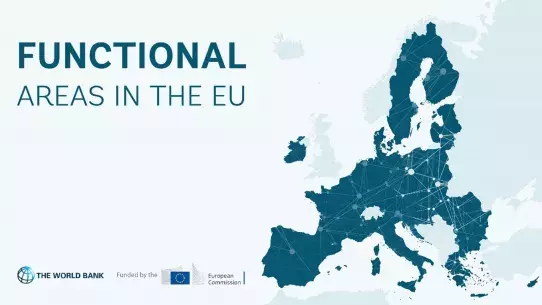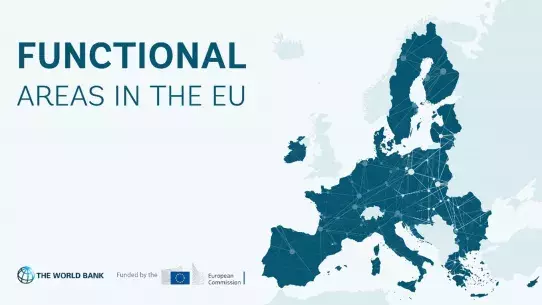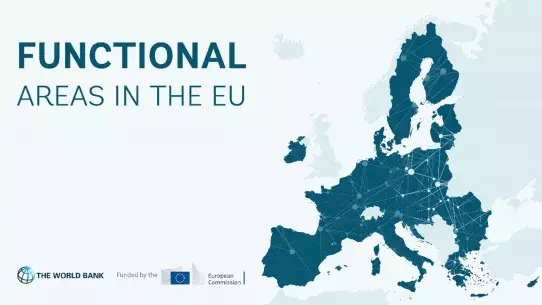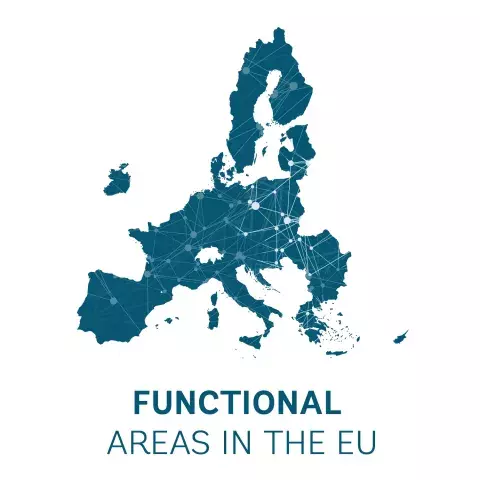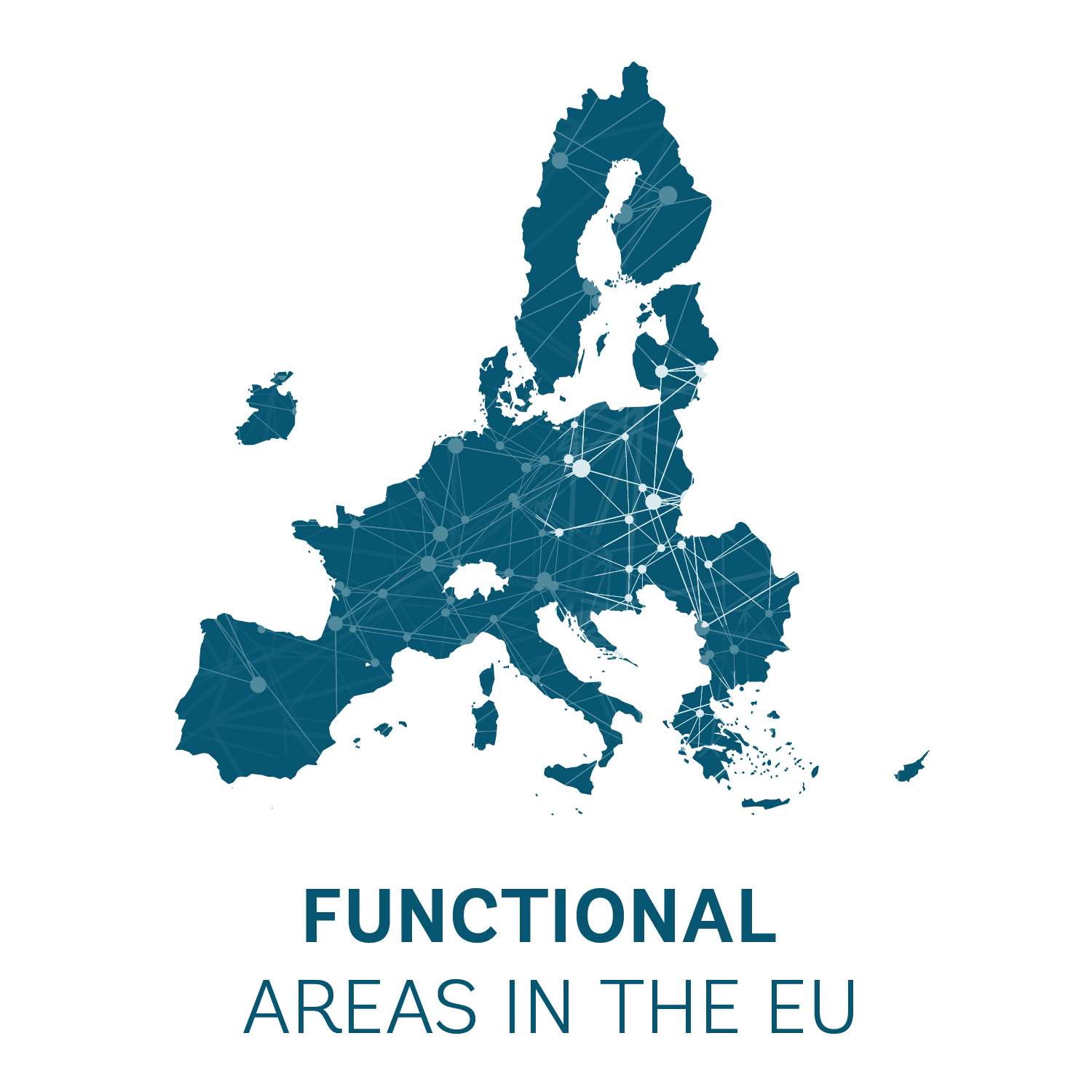
DIGITALIZATION AND CLOUD | CIVIC ENGAGEMENT | STRATEGIC PLANNING ChallengeInform citizens on the state of the commune and create the necessary datasets to be used in the creation of the Krakow Development Strategy SolutionThe city of Krakow developed its online data bank with the goal of gathering important statistical information to be used in the creation of the Krakow Development Strategy but also with the purpose of informing citizens on important statistical indicators. Transparency from an institutional level as well as a more involved civic society are achieved by offering citizens access to real metrics about the city and different management areas within the city. The full data bank can be accessed at the following link: https://strategia.krakow.pl/252790,artykul,bank_informacji_o_miescie_i_metropolii.html The data bank is divided into four different categories: reports, demographics, experimental statistics and social research. The first section, the reports, studies and statistics, gives users access to the latest reports on State of the Commune, the State of the City, Krakow in numbers or a statistical bulletin of the city, reports that are written on a yearly basis. The demographic section offers a demographic forecast simulation until 2050 including maps of the different districts of the city in GIS format. The experimental statistics section offers information on the demographic situation as well as the income situation in the city. The Krakow Barometer as well as results from the Quality of Life and Quality of Public Services in Krakow survey can be accessed in the social research section while the useful links section is connected to the national statistical office showing statistical information about the city. The information the different tabs mentioned earlier, together with information related to key management areas of the city such as administration and digitization, public safety, civil society, education and upbringing, entrepreneurship and science, tourism and promotion, cultural and heritage protection, housing, protection and shaping of the environment, spatial planning and architecture, sports and recreation, transport, municipal economy, social integration, and health can be found in tabular forms in the yearly State of the Commune and State of the City reports. This sort of information, collected in an online data bank, helps the local authorities and local citizens better understand the urban environment they are living in and as a direct effect take better strategic decisions. Other best practices Tourism, culture and brandingHarnessing the Untapped Potential: The All-Season Tourism Masterplan for Jiu ValleyJiu Valley & Jiu ConurbationContinue reading Best Practices | Urban regenerationUrban-rural linkages: regeneration of public spaces in the Cluj Metropolitan AreaCluj-Napoca Metropolitan AreaContinue reading Governance | Strategic planningIntegrated Development Strategy of Brno Metropolitan AreaBrno Metropolitan AreaContinue reading 12Next
About this resource
In 2021, the European Commission launched a pilot project to improve functional area approaches in the EU and has partnered with the World Bank to implement this initiative. As part of the project, the project team collaborated with 12 functional areas from seven EU countries, providing them with tailored technical support and assistance: Zagreb Urban Agglomeration (Croatia), Brno Metropolitan Area (Czech Republic), West Athens (Greece), Lake Balaton Area (Hungary), Kalisz-Ostrów Agglomeration, Kraków Metropolitan Area (Poland), Jiu Valley and Jiu Conurbation Functional Area, Caraș-Timiș Functional Area, Cluj Metropolitan Area, Oradea Metropolitan Area, West Ialomița Functional Area (Romania), and Trenčín Functional Area (Slovakia).
Similar content
